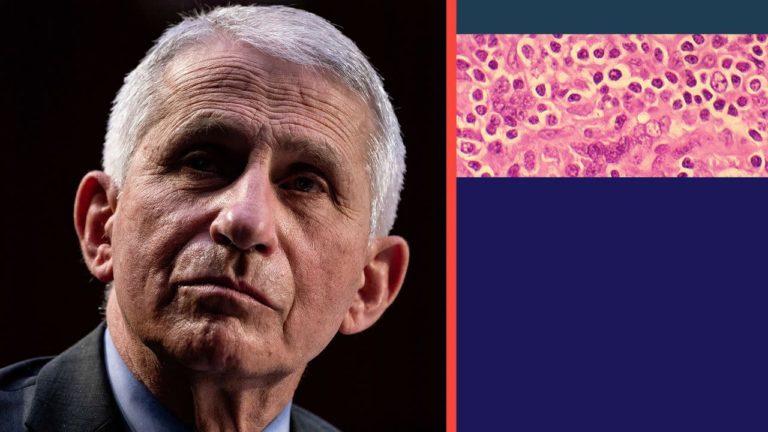

NIAID director Anthony Fauci is aiming to curb another epidemic: 40 years of HIV, a virus that has remained elusive to a vaccine.
Why it matters: About 1.2 million people in America are living with HIV, but Fauci tells Axios the goal of ending the AIDS epidemic by 2030 may be achievable.
Stay on top of the latest market trends and economic insights with Axios Markets. Subscribe for free
Flashback: A good portion of Fauci’s long career has been directed at tackling the global AIDS epidemic, which started to appear as a mysterious illness in June 1981.
-
“I’m probably one of the few individuals who was there from the very first day that we realized we were dealing with a new disease,” Fauci tells Axios. He says he remembers “very, very clearly” hearing about an unusual pneumonia found in five young gay men who had unusually low white blood cells called CD4.
-
At first he thought it was a fluke. But he quickly realized it was something more significant, when there were reports in July 1981 of 26 cases in L.A., San Francisco and New York City, also in gay men.
-
Those patients “not only had the same pneumocystis pneumonia, but also Kaposi’s sarcoma, a strange kind of cancer, again only seen in immunosuppressed people, as well as a number of other opportunistic infections.”
Fauci decided to pivot his career and “devote myself to studying this strange disease that did not yet have a name, and certainly did not have an etiology.”
-
He pulled together a small team at NIH and began admitting patients seriously ill with the disease.
-
“That began a 40-year journey that I’m still on, because even though it’s been sidetracked a fair amount by COVID-19, HIV/AIDS is still one of the most important things.”
But, “the first few years were the darkest years of my medical career, because I was working countless hours taking care of desperately ill young men,” Fauci says.
-
“To be honest with you, I still have post-traumatic stress about it, ” Fauci describes. Part of the issue, he says, is prior to AIDS research, he had enjoyed several successes in curing some unusual and fatal autoimmune diseases.
-
“I was the guy who developed the therapy to save their lives. … Then I go to HIV in 1981–1985, and to my horror, all of them died and all of them were young men. It was very, very traumatic.”
-
When scientists discovered in 1986 the first therapy that gave some temporary help to patients, AZT, “it was like all of a sudden, the clouds moved away and the sun started shining.”
However, the virus quickly developed resistance, Fauci says.
-
They began testing combinations of drugs and in 1996 there was a “major, major, major breakthrough in HIV treatments” via a triple-combination drug that started with a protease inhibitor and was able to dramatically diminish the level of virus in a person’s blood.
-
Since then, multiple drug treatments have been developed, and researchers were able to whittle the therapy down from 28 separate pills a day to one pill a day, and early treatment began to mean patients “could resume a normal life.”
-
Scientists also developed a very effective pre-exposure prophylactic drug for people at risk of HIV called PrEP that can reduce the risk of someone getting HIV from sex by around 99%.
What’s next: A vaccine for HIV remains elusive — and it’s not for lack of trying, Fauci says. But, “we may get a home run. … I believe we will get there, but it may not necessarily be with a highly effective vaccine. It may be with a combination of things.”
Like this article? Get more from Axios and subscribe to Axios Markets for free.